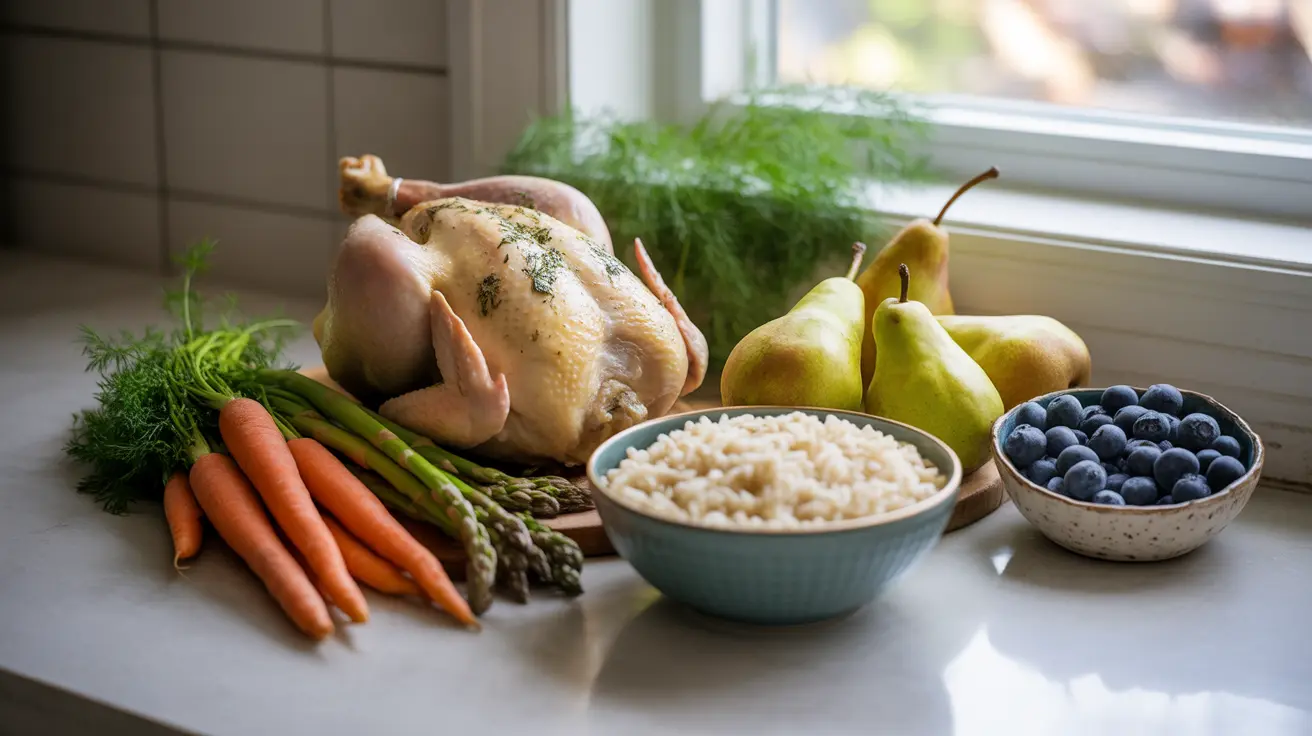Living with interstitial cystitis (IC) can be challenging, but making informed dietary choices can significantly impact your symptoms and quality of life. Understanding how to modify your diet is often a crucial step in managing this chronic condition effectively.
This comprehensive guide will explore how dietary changes can help manage IC symptoms, including which foods to avoid, what to eat, and how to identify your personal triggers. While diet alone may not cure IC, it's a fundamental part of a successful management strategy.
Understanding the IC Diet Approach
The interstitial cystitis diet isn't a one-size-fits-all solution. Instead, it's a systematic approach to identifying and eliminating foods that may trigger or worsen your symptoms. Many people with IC have found significant relief through careful dietary management.
Starting with an Elimination Diet
An elimination diet is often the first step in managing IC through dietary changes. This approach involves removing common trigger foods for a period of time, then carefully reintroducing them one at a time to identify which ones affect your symptoms.
Common Trigger Foods to Eliminate
- Citrus fruits and juices
- Tomatoes and tomato-based products
- Spicy foods
- Coffee and caffeinated beverages
- Alcohol
- Artificial sweeteners
- Chocolate
- Aged cheeses
- Vinegar-based products
- Carbonated beverages
Bladder-Friendly Food Options
While the list of foods to avoid might seem daunting, there are many delicious and nutritious options that are typically well-tolerated by IC patients:
Safe Foods to Include
- Plain chicken and turkey
- Fresh bread and pasta
- Mild vegetables (carrots, green beans, white potatoes)
- Pears and blueberries
- Plain rice and cereals
- Eggs
- Milk and mild cheeses
- Pure vanilla extract
- Honey
Creating Your Personal IC Diet Plan
Successfully managing IC through diet requires a personalized approach. What triggers symptoms in one person might be perfectly fine for another. The key is to develop a systematic method for identifying your specific triggers.
Tips for Success
- Keep a detailed food diary
- Introduce new foods one at a time
- Wait 2-3 days between introducing new foods
- Note any symptom changes
- Consider working with a registered dietitian
Maintaining Long-Term Success
Once you've identified your trigger foods and safe options, maintaining your customized IC diet becomes easier. Focus on creating balanced meals using your safe foods while being mindful of portion sizes and meal timing.
Frequently Asked Questions
How can an elimination diet help in managing interstitial cystitis symptoms?
An elimination diet helps identify specific foods that trigger IC symptoms by temporarily removing common irritants from your diet. After a period of elimination, foods are systematically reintroduced while monitoring symptoms, allowing you to pinpoint your personal triggers.
What common foods and drinks should I avoid to reduce interstitial cystitis flare-ups?
Common trigger foods include citrus fruits, tomatoes, spicy foods, caffeine, alcohol, artificial sweeteners, chocolate, aged cheeses, vinegar-based products, and carbonated beverages. However, triggers can vary significantly between individuals.
What are some bladder-friendly foods that are safe to eat with interstitial cystitis?
Generally safe foods include plain chicken and turkey, fresh bread, mild vegetables, pears, blueberries, eggs, milk, mild cheeses, and pure vanilla extract. These foods are typically well-tolerated by most IC patients.
Is it possible to cure interstitial cystitis through dietary changes alone?
While dietary changes alone cannot cure IC, they can significantly reduce symptoms and improve quality of life. Diet modification is often most effective when combined with other treatment approaches recommended by your healthcare provider.
How do I track and identify my personal food triggers for interstitial cystitis?
Keep a detailed food diary recording everything you eat and drink, along with any symptoms you experience. Note the timing, severity, and duration of symptoms. This information will help you identify patterns and correlations between specific foods and symptom flare-ups.




